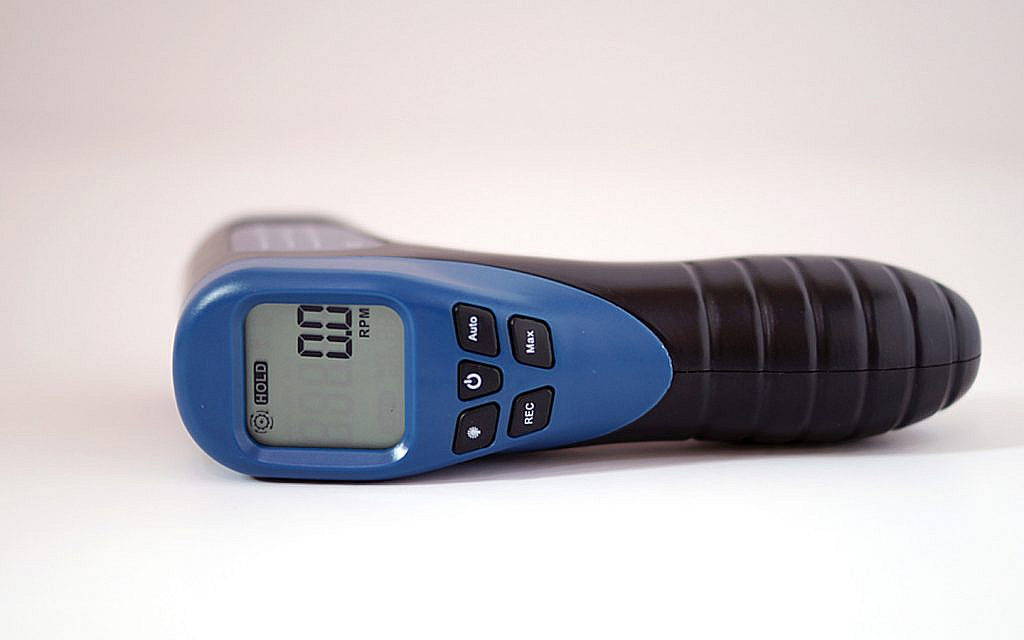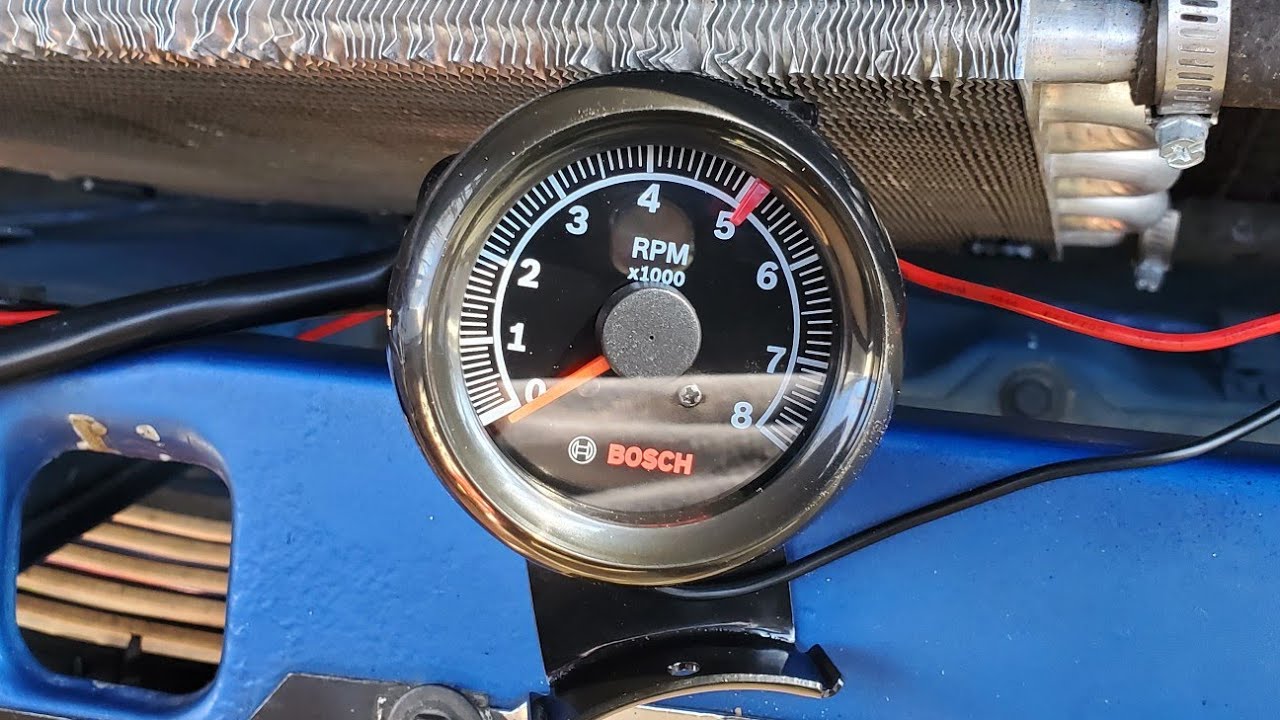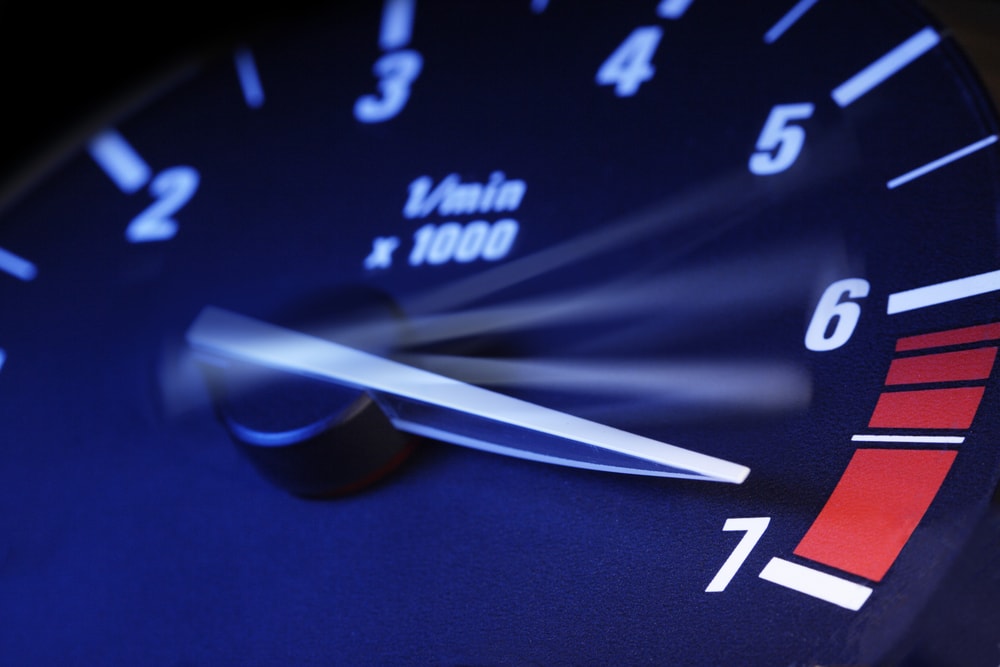
Introduction
Learning how to install a tachometer RPM gauge is a terrific way to leverage modern automotive technology for optimal engine performance. Whether you are a professional mechanic or a car enthusiast, a tachometer RPM gauge helps you monitor your engine’s revolutions per minute (RPM), ensuring you are using your engine efficiently. This guide is a comprehensive look at the steps and tips for installing a tachometer RPM gauge.
What is a Tachometer RPM Gauge?
A tachometer RPM gauge is an instrument used to measure the rotational speed of a shaft or disk, as in a motor or other machine. The device displays the RPM of the engine, which is essential for ensuring the proper functioning of the engine and for making necessary adjustments. For more detail, you can refer to this external link.
Types of Tachometers
Analog Tachometers
Analog tachometers are the traditional type that uses a needle to display RPMs on a dial. They are usually simpler to install and are preferred by many car enthusiasts for their classic look.
Digital Tachometers
Digital tachometers show the RPMs on an electronic display and often come with additional features like memory recall and shift light. They are generally more accurate and easier to read than analog tachometers.
Why Install a Tachometer RPM Gauge?
Understanding the benefits of installing a tachometer RPM gauge can help you appreciate its value. Here are some key reasons:
- Improved performance: Helps you optimize your engine’s performance by keeping track of RPMs.
- Maintenance: Alerts you to potential engine issues.
- Fuel efficiency: Helps in maintaining an efficient fuel consumption rate.
Tools and Materials Needed
Before you start the installation process, make sure you have the following tools and materials:
- Tachometer RPM gauge
- Wire stripper
- Electrical tape
- Volt meter
- Screwdrivers
- Drill and bits
- Manual specific to your car model
Step-by-Step Guide to Installing a Tachometer RPM Gauge
1. Select the Mounting Location
Choose a location that is easily visible while driving. The dashboard or the steering column are common choices.
2. Prepare the Mounting Area
Use the drill to create holes for securing the tachometer. Ensure that the area is clean and free of any obstructions.
3. Connect the Wires
The tachometer typically has three main wires: the power wire, the ground wire, and the signal wire.
Power Wire
Attach the power wire to a 12V power source that is active when the ignition is turned on.
Ground Wire
Connect the ground wire to a metal part of the car’s chassis.
Signal Wire
Connect the signal wire to the negative terminal of the ignition coil or to the dedicated tachometer output signal on the vehicles control unit.
4. Secure the Tachometer
Once everything is wired correctly, secure the tachometer in its place using screws or adhesive, as per the manufacturer’s instructions.
5. Test the Tachometer
Turn on the engine and observe the tachometer. It should display the RPMs accurately. If it does not, double-check all the connections.
For more meticulous tasks like event detection in automotive processes, high-speed analysis could be crucial.
Common Issues and Troubleshooting
Even with careful installation, you might encounter some issues. Here are common problems and their fixes:
Tachometer Not Working
Check the power and ground connections. Ensure the signal wire is properly connected.
Inaccurate Readings
Verify that the tachometer settings match the engine’s specifications. Adjust as necessary.
Maintaining Your Tachometer RPM Gauge
Regular maintenance ensures that your tachometer remains functional and accurate. Here are some maintenance tips:
- Regularly clean the gauge and its surroundings.
- Check the connections and wires periodically.
- Consult the manual for any specific maintenance requirements.
FAQs
Can I install a tachometer RPM gauge on my own?
Yes, with the right tools and instructions, you can install a tachometer RPM gauge on your own.
Do I need any special skills to install a tachometer?
Basic understanding of car electricals and following the manual should suffice.
How do I know if my tachometer is working correctly?
The RPM readings should reflect the engine speed accurately. Any discrepancies should be checked and addressed.
For additional information on high-speed technology processes such as paint applications, feel free to explore more technical resources.

Conclusion
Installing a tachometer RPM gauge is a valuable upgrade for your vehicle. It allows you to monitor and optimize your car’s engine performance. Following this comprehensive guide, you will be able to install a tachometer with ease and precision. Whether you are a professional or a car enthusiast, making the effort to learn how to install a tachometer RPM gauge is indeed rewarding.
